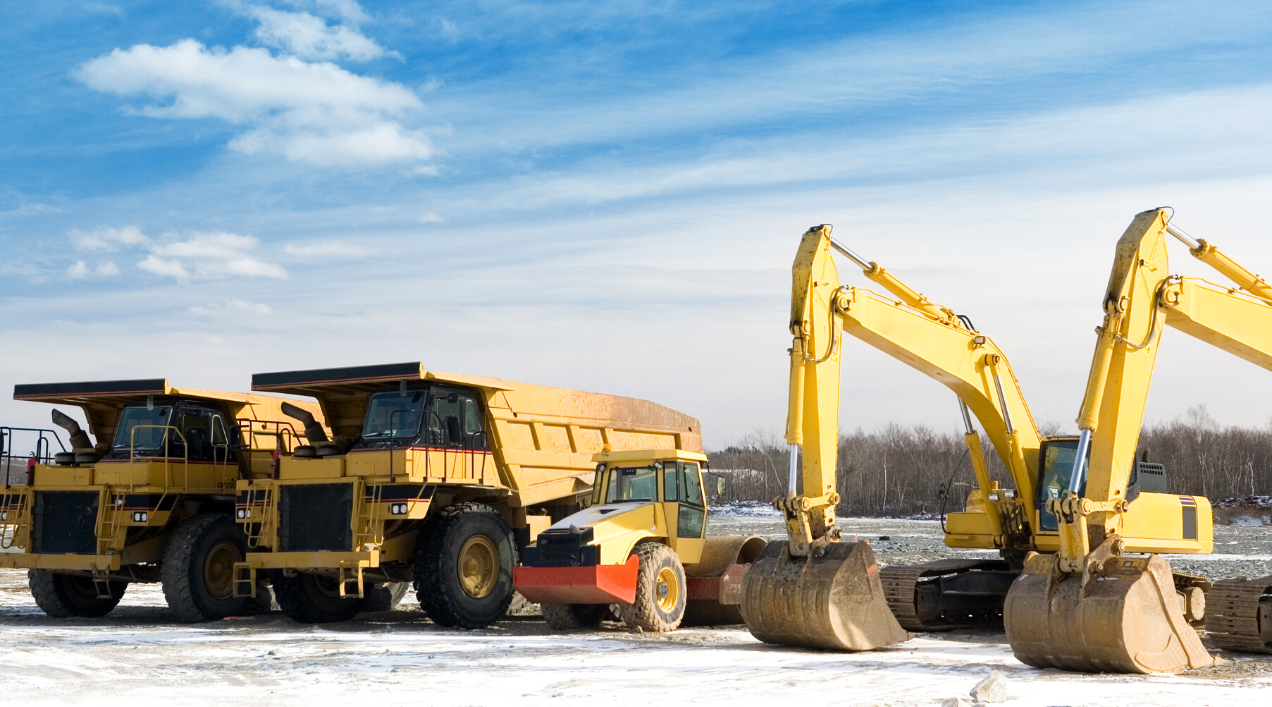Winter technically begins on December 21 and ends on March 20, but we all know conditions can start much earlier and run into April. These winter conditions cause challenges to construction sites including snow, ice, and frigid temperatures. Despite these challenges, construction continues all year round, so workers must be protected to prevent accidents and injuries on the site. Find best practices to ensure worksite safety and health during the winter season with the tips below from Rick Delgiorno, General Superintendent for TRITEC.
Rule #1 – Know the weather and the forecast: when temperatures dip below freezing (32°), we check all areas on slabs, decks, and pavement to spread deicer material. All forepersons should be alerted every morning of possible icy areas and these locations. These areas should be sectioned off with cones and caution tape if necessary. All crews must avoid working in potentially icy areas and wait for natural melting or for the deicer to start working before starting work. Slips and falls are common and can be avoided by pre-planning and educating the crews. It may sound redundant, but very necessary.
Rule #2 – It is imperative everyone use proper PPE and the proper protective clothing. Hard hats are always essential on the site, but adding gloves, hats, and proper footwear/boots is important in staying safe in cold temperatures. Boots should be waterproof and have non-slip soles. Wear multiple layers of clothing, preferably moisture-wicking undergarments.
Rule #3 – Provide a heated shelter area for breaks and rest for fatigued workers. This is very important, especially in extreme conditions. Also, check workers for hypothermia or any other health issues. Heart rates get elevated during these extreme conditions.
Rule #4 – Please check all tools, cords, and equipment. Cords and hoses are very brittle in cold temperatures. Be sure to warm up all equipment and check all safety features on the equipment before operation. Teams should check for frozen switches, locks, and throttle cables. Ensure all motor equipment is properly lubricated and all fuel levels are full.
Rule #5 – Be prepared for the worst conditions. Have an emergency plan and an emergency kit. All vehicles on the site should have ice melt, shovels, jack and jack board, first aid kit, safety flares, and battery jump pack (with USB charger and compressor). Other essential safety items include a tire plug kit, starting fluid, caution tape, flashlights, and fire extinguishers, or other items, depending on the specific project.
The winter brings many unique challenges to the construction site. The best way to ensure that the construction site, workers, machinery, and materials are safe is to prepare; planning is everything. So be safe this winter and stay warm!

